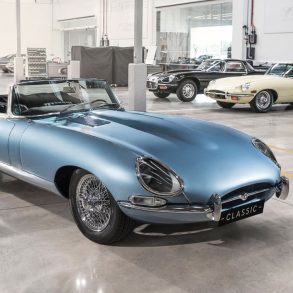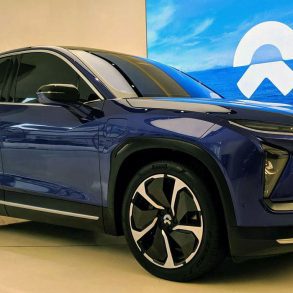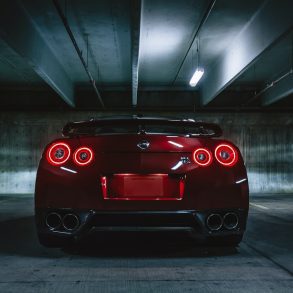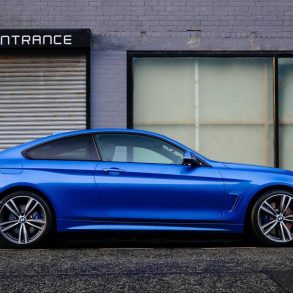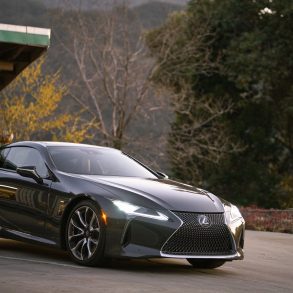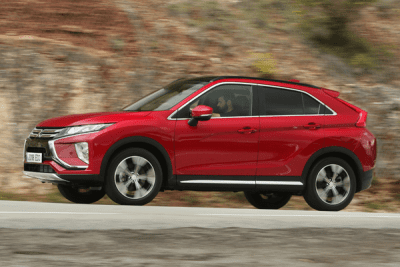 Mitsubishi Motors has presented an ambitious growth plan for the next three years, called “Drive for Growth”. According to this plan, the brand will invest more than 600 billion Yen (€ 4,5 billion / US$ 5.3 billion), of which R&D spending will increase by 50% to € 1 billion (US$ 1.2 billion) to develop six all-new models (including the recently launched Eclipse Cross crossover for the US and Europe, and the Xpander MPV for Indonesia) and significantly update five existing models. As a result of this product offensive, worldwide sales should increase by 40% to 1,3 million units in 2020 and the company expects to return to profitability with a profit margin of 6% by the 2019 fiscal year. This is the first business plan by Mitsubishi since Nissan took a controlling 34% share in its struggling rival in 2016. According to Mitsubishi CEO Osamu Masuko “this is an ambitious program to maximize our strengths in growing product segments, especially four-wheel drive, and to pursue growth in markets where our brand has strong potential, particularly the ASEAN region.”
Mitsubishi Motors has presented an ambitious growth plan for the next three years, called “Drive for Growth”. According to this plan, the brand will invest more than 600 billion Yen (€ 4,5 billion / US$ 5.3 billion), of which R&D spending will increase by 50% to € 1 billion (US$ 1.2 billion) to develop six all-new models (including the recently launched Eclipse Cross crossover for the US and Europe, and the Xpander MPV for Indonesia) and significantly update five existing models. As a result of this product offensive, worldwide sales should increase by 40% to 1,3 million units in 2020 and the company expects to return to profitability with a profit margin of 6% by the 2019 fiscal year. This is the first business plan by Mitsubishi since Nissan took a controlling 34% share in its struggling rival in 2016. According to Mitsubishi CEO Osamu Masuko “this is an ambitious program to maximize our strengths in growing product segments, especially four-wheel drive, and to pursue growth in markets where our brand has strong potential, particularly the ASEAN region.”
Besides the ASEAN (Association of South East Asian Nations) region, the brand has also presented growth figures for the Oceania, United States, China and Japan regions. Mitsubishi ultimately plans for a market share of about 10% in Southeast Asia, which requires an increase of sales by 50 percent in three years time, to 310.000 per year. In the United States, the brand plans to increase its sales by 30% by 2019 to 130.000 a year. In China, Mitsubishi is looking to double its sales to 220.000 cars. The brand did not release specific sales targets for Japan and Oceania (both currently about 100.000 annual sales), and tellingly completely neglects to mention Europe in its press release.
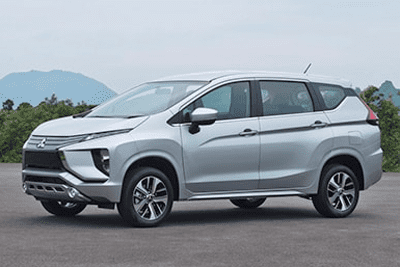 What does that mean for the brand in the old continent? With about 10% of its annual global sales, Europe is currently still too big to simply decide to pull out, a move that would be more likely for Honda or Subaru, brands for which European sales are insignificant compared to their global volumes. But Mitsubishi’s volume in Europe, at around 100.000 annual sales, is also not large enough and offers too little potential for growth to justify significant investment into dedicated products. Besides that, Renault-Nissan is already strong in Europe with approximately a 15% share of the market and its acquisition of Mitsubishi was strategically planned to strengthen the alliance in areas where it was relatively weak. That means the brand will develop its future models specifically for the markets it targets as growth markets, a great example of which is the Xpander MPV, which will mostly appeal to buyers in Indonesia and other ASEAN countries, but will not be sold outside of those markets. Europe will likely get the cars that have been developed for the US, Japanese and Australian markets, and hope they’ll appeal to European consumers too. If they don’t, the brand will slowly fade into oblivion and risks being ultimately removed from the European market altogether, in a similar way Daihatsu has disappeared a few years ago.
What does that mean for the brand in the old continent? With about 10% of its annual global sales, Europe is currently still too big to simply decide to pull out, a move that would be more likely for Honda or Subaru, brands for which European sales are insignificant compared to their global volumes. But Mitsubishi’s volume in Europe, at around 100.000 annual sales, is also not large enough and offers too little potential for growth to justify significant investment into dedicated products. Besides that, Renault-Nissan is already strong in Europe with approximately a 15% share of the market and its acquisition of Mitsubishi was strategically planned to strengthen the alliance in areas where it was relatively weak. That means the brand will develop its future models specifically for the markets it targets as growth markets, a great example of which is the Xpander MPV, which will mostly appeal to buyers in Indonesia and other ASEAN countries, but will not be sold outside of those markets. Europe will likely get the cars that have been developed for the US, Japanese and Australian markets, and hope they’ll appeal to European consumers too. If they don’t, the brand will slowly fade into oblivion and risks being ultimately removed from the European market altogether, in a similar way Daihatsu has disappeared a few years ago.
Time will tell how this plan will unfold for Europe, but European car buyers can be very critical, singleminded and brand loyal to their local brands. If Mitsubishi wants to retain or even expand its share of the European market, it will have to launch revolutionary products (like the Outlander PHEV a few years ago), and stand out from the crowd in terms of design, product and brand image. Considering the brand’s history in these fields, I’m afraid the brand is unlikely to top 100.000 sales in Europe again.
What do you think the brand’s chances are in Europe? And what it could/should do to succeed?


